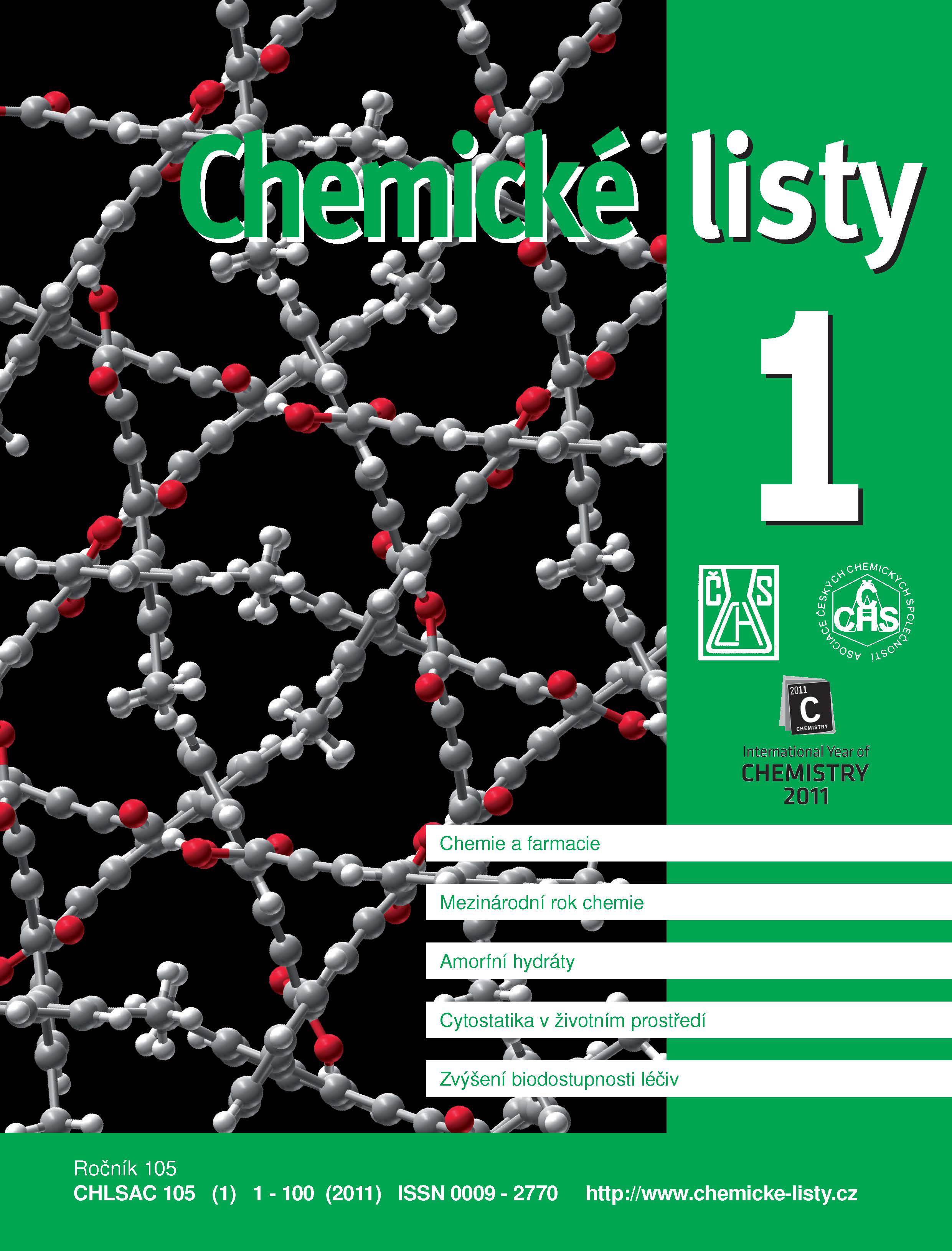Increasing Bioavailability of Poorly Water-Soluble Drugs by Technological Methods Facilitating Drug Dissolution
Keywords:
sparingly soluble drugs, increasing drug solubility, increasing bioavailability, tensides, cosolvents, cyclodextrins, chelation, pH modifiers, solid dispersions, interactive powder mixtures, microgranulation, aggregation granulation, impregnation, particle reductionAbstract
The paper brings an overview of most important methods for attaining the purpose, such as solubilization using tensides, cosolvents, chelates, cyclodextrins, pH modifiers, interactive powder mixtures forming solid dispersions and microgranulates. The review summarizes main advantages and drawbacks of the methods and gives some examples. Although, the most frequently used technology in pharmaceutical industry is currently drug micronization, the above methods offer a well established way of enhancing solubility of drugs in water.Downloads
Published
2011-01-15
How to Cite
Okáčová, L., Vetchý, D., Franc, A., & Rabišková, M. (2011). Increasing Bioavailability of Poorly Water-Soluble Drugs by Technological Methods Facilitating Drug Dissolution. Chemické Listy, 105(1), 34–40. Retrieved from http://ww-w.chemicke-listy.cz/ojs3/index.php/chemicke-listy/article/view/1193
Issue
Section
Articles





